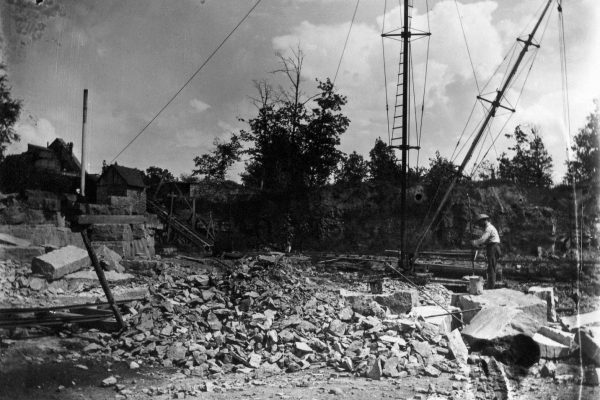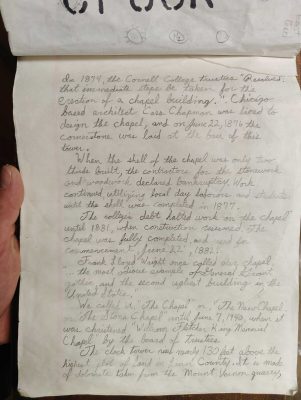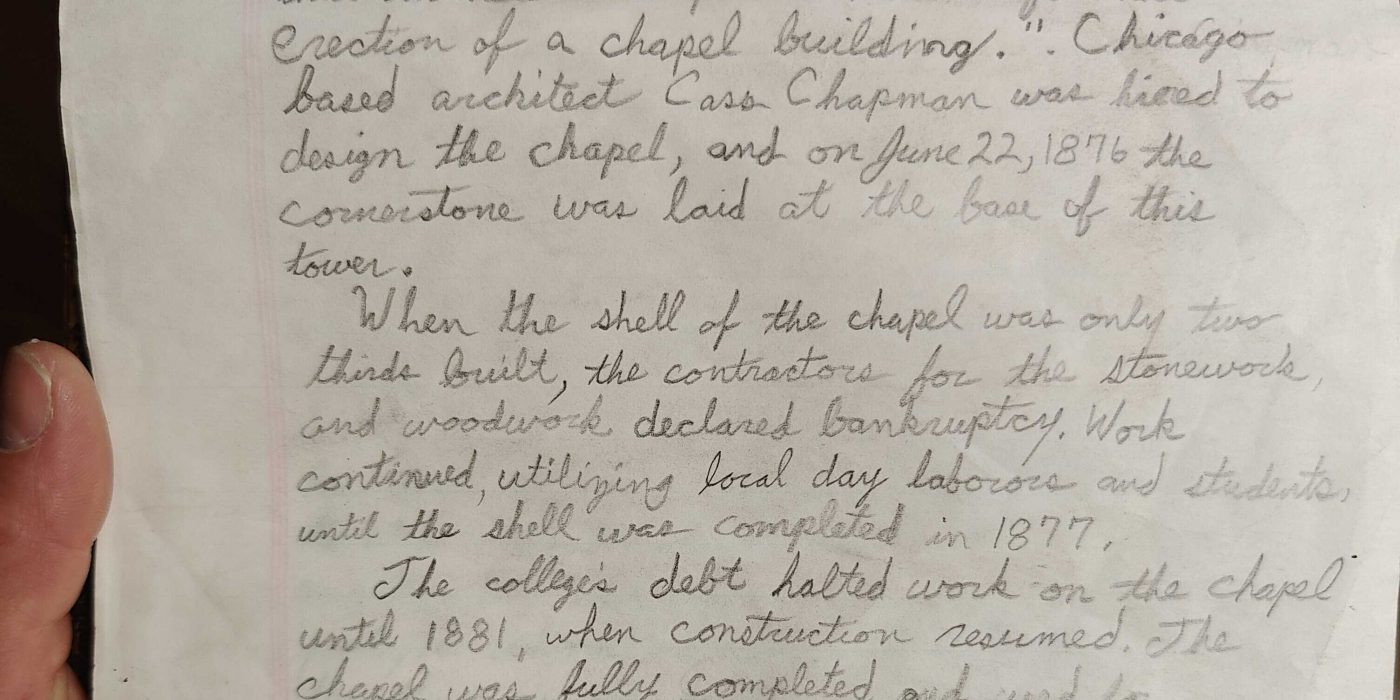King Chapel restoration Fun Facts
The regional, North American, and global firms that assessed King Chapel since it sustained structural damage in the 2020 derecho have accumulated some fascinating forensic knowledge … and we added a few points of our own.


3: number of robotic systems continuously monitoring the building’s stability
18: tons of steel that will be used to support the walls during restoration
30: number of seconds the chapel was designed to flex slightly at winds of about 100 mph
45: number of minutes the chapel flexed at winds up to 140 mph
19: number of inches the roof was bowed in the middle
8,000: square feet of insulation that has been removed and blown back into the attic
200: height in feet of some of the required repair equipment
129: height in feet of the clocktower
400: millions of years ago that the Anamosa, Iowa, limestone used to build the chapel was formed
5: number of different mortar mixes used on the stone since construction began
1876: year the cornerstone was laid
1976: year King Chapel was named to the National Register of Historic Places
2nd: King Chapel’s place on the ugliest buildings list, according to Frank Lloyd Wright. Wright was wrong.
Follow updates on King Chapel restoration online.




